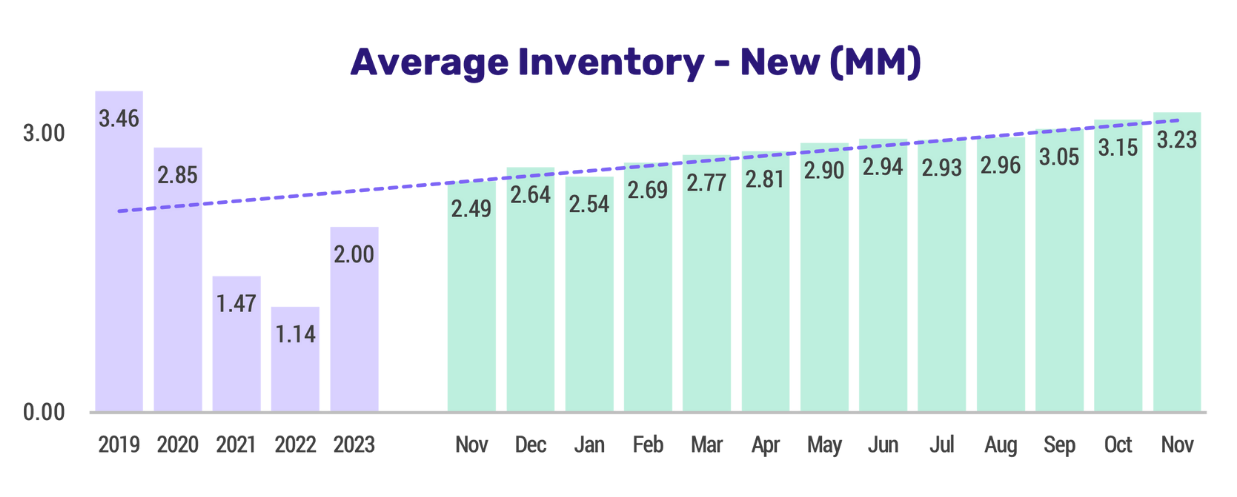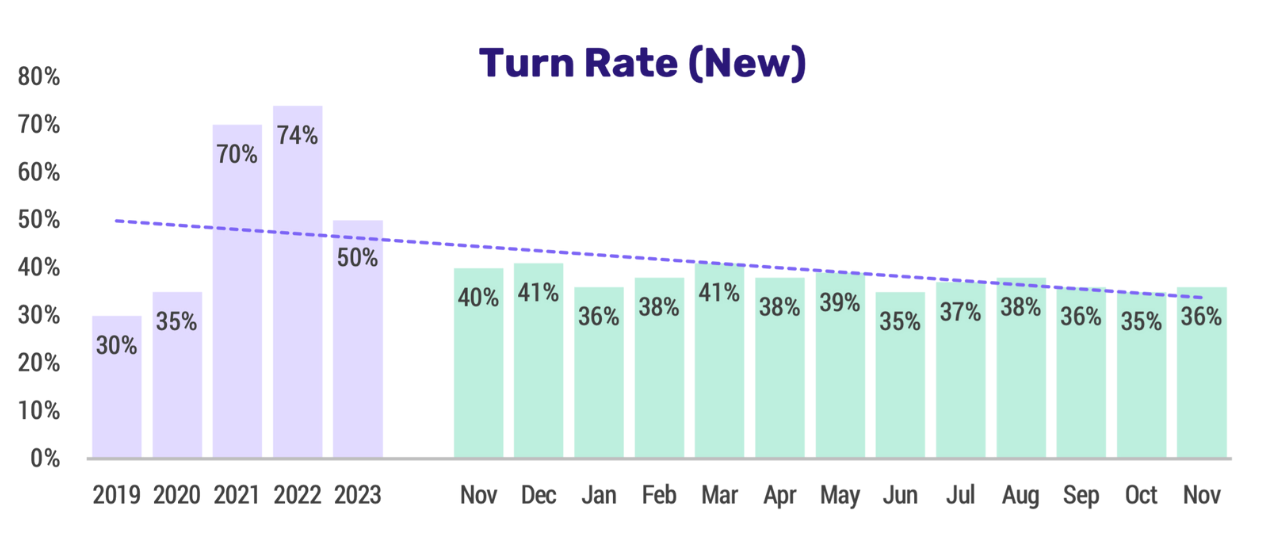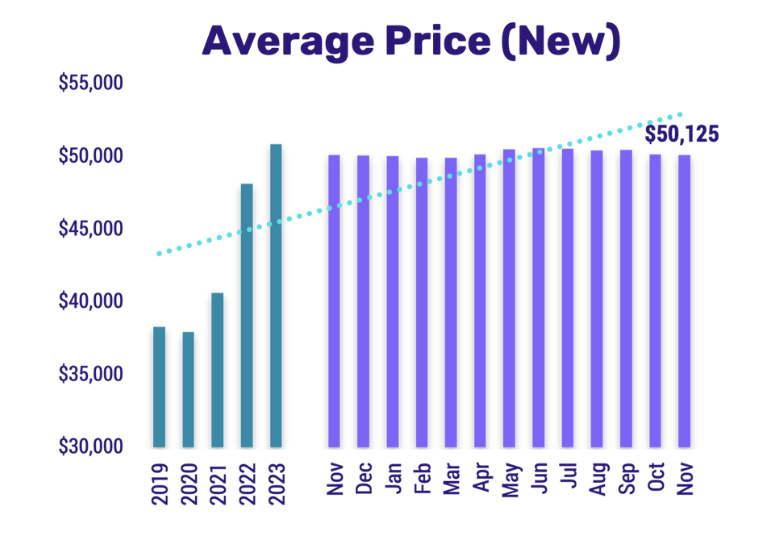Automotive Industry Experts Share The Strongest Predictors for 2025
Each year, transformative events shape the automotive landscape, setting the stage for what's ahead. Cloud Theory presents the critical insights and trends that defined 2024 and the challenges and opportunities awaiting the industry in 2025.
Download Your FREE Report Now: Automotive Industry Trends + 2025 Outlook
.png?width=2000&height=1155&name=2024%20Auto%20Trends%20%26%202025%20Outlook%20(1).png)
01
Inventory Trends
A look at the steady climb toward pre-pandemic inventory levels, reaching 3.23M units by year-end 2024. Despite significant progress, lingering supply chain disruptions and supplier bankruptcies continue to challenge growth, necessitating strategic adjustments in supply management.
02
Demand Dynamics
Vehicle movement has increased but not at the same pace as inventory growth, creating pressure for OEMs. Elevated inventory levels without matching demand are driving a more competitive market where OEM brands must lean on aggressive discounting and incentives to sustain vehicle turnover.
03
Economic Influences
Inflation and elevated interest rates have kept the average new vehicle price at $50,125, with monthly payments averaging $760—a significant jump from pre-pandemic levels. These economic pressures are driving shifts in consumer behavior, with increasing focus on affordability and value-driven trims.
04
Inventory Efficiency
A view of the top 10 makes that got more than their fair market share given their relative inventory position in the marketplace.
More About Our Technology

Data-Driven Philosophy
At BookingsCloud, we believe in the power of data to shape smarter decisions. Our platform uses advanced analytics and data science to guide your marketing strategy, helping you optimize spend, increase bookings, and achieve long-term growth.
Our Philosophy →

Digital Advertising
Maximize your advertising impact with BookingsCloud’s precision-targeted campaigns. Our platform integrates with leading ad platforms to deliver highly targeted ads to the right audience, driving traffic and increasing conversions.
How it Works →

Insights
Our platform provides in-depth analytics that help you understand your property’s performance, customer behavior, and market trends. Dive deeper into your data and make strategic decisions that drive meaningful results.
View Insights →
Top 4 Major Trends That Defined 2024 & Shape the Path Ahead
01
Inventory and Movement
Inventory levels have been steadily increasing throughout 2024, reaching 3.23M as the year reaches its close. This is not back to pre-pandemic levels but is certainly heading in that direction. Market supply has almost tripled from its lowest point in 2022, when supply chain issues wrecked havoc on production and distribution. Vehicle movement, meanwhile, has seen a steady rise over the current year Here's why.

02
Vehicle Velocity
Turn rates have remained somewhat flat throughout 2024, starting and ending at similar levels. While not falling all the way back to pre-pandemic levels (30% in 2019), this metric has returned to more of a “normal” state compared to the last several years.

03
Pricing
The average marketed price of a vehicle remained generally steady throughout 2024, hitting a mark of $50,125 as the year nears its close. Despite the shift in supply and demand in the current period, prices have remained elevated far above where they were prior to the pandemic.

04
Inventory Efficiency Index
With supplies growing and discounts/incentives rising, it is important to view Cloud Theory’s Inventory Efficiency Index through the lens of in-stock vehicles-–those that are currently on dealer lots—to determine the OEMs that are getting at or above their fair market share given their relative inventory in the marketplace. In doing so, it points to manufacturers that are either short on supply or successfully generating demand (or both). In each of those cases, OEMs can be more focused in their incentive and discounting strategies. See why.



